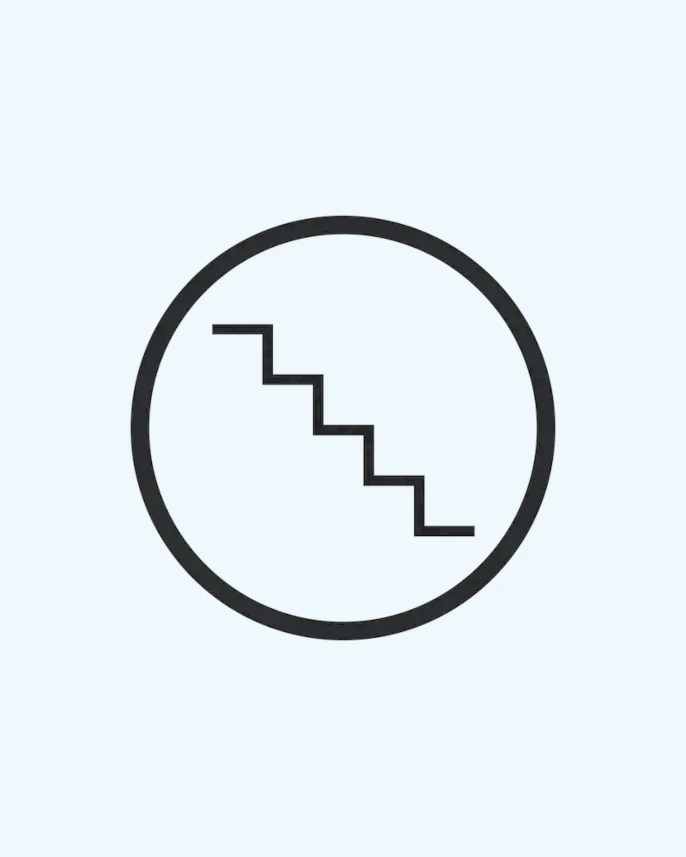Dive into the intricacies of the Waterfall Model, a cornerstone in software development. This in-depth guide uncovers the sequential phases of the model, highlights its benefits, and offers real-world examples. Whether you’re a project manager, a developer, or someone eager to understand the building blocks of software development, this article will provide you with the insights you need. Buckle up as we journey through the cascading steps of the Waterfall Model.
The Essence of the Waterfall Model
Step-by-Step Development Process
What exactly is the Waterfall Model? The Waterfall Model is a traditional methodology for software development. In essence, it’s a linear and sequential approach where each phase must be completed before the next one begins. Typically, it comprises five to six stages: requirements, design, implementation, verification, and maintenance. Additionally, some models include a preliminary feasibility study.
Now, let’s dive into why this model is called “Waterfall”. Imagine a waterfall; water flows in one direction – downward through several steps. Similarly, in this model, the process flows downwards through several phases, and there’s no turning back once a phase is completed.
Real World Example
Consider, for instance, building an online shopping website. Initially, all the requirements are gathered; like user registration, product listing, and payment integration. Next, the design phase involves creating the site’s layout, the user interface, and more. Subsequently, in the implementation phase, actual coding and development happen. After that, the verification phase ensures everything works as intended. Lastly, the maintenance phase involves ongoing support, like dealing with new requirements or fixing issues.
The Remarkable Benefits
Clarity and Simplicity
One significant advantage is that the Waterfall Model is straightforward to understand and manage. Because of its linear nature, it requires no prior experience in project management. Consequently, it’s an excellent choice for smaller projects or teams with less experience.
Robust Documentation
Furthermore, since this model requires each phase to be completed before moving on, it naturally creates more thorough documentation. This documentation can be incredibly beneficial for future reference or if part of the project is outsourced to other developers.
Defined Structure and Timeline
With the Waterfall Model, timelines are explicit since each phase has a specific start and end date. This clarity helps in efficient resource allocation and ensures that the stakeholders have a clear picture of the project’s progress.
Weighing the Downsides
However, the Waterfall Model isn’t without its drawbacks. Because of its linear nature, it’s difficult to make changes once a phase is complete. Moreover, since the product is only tested towards the end, issues may arise late in the development process. This can sometimes lead to delays or budget overruns.
Case Study: A Success Story
An example of a successful application of the Waterfall Model is the development of the NASA Space Shuttle software. It required highly reliable software where thorough planning and robust documentation were critical. Therefore, this model, with its structured phases and emphasis on documentation, was an ideal choice.
In Summary
In conclusion, the Waterfall Model offers a structured and systematic approach for software development. It’s especially useful when requirements are well-understood and unlikely to change. Though not suitable for every project, in specific contexts, such as when creating exceptionally reliable software, it’s invaluable. By understanding the characteristics, advantages, and limitations of the Waterfall Model, project managers can make an informed decision on whether it’s the right approach for their project.
